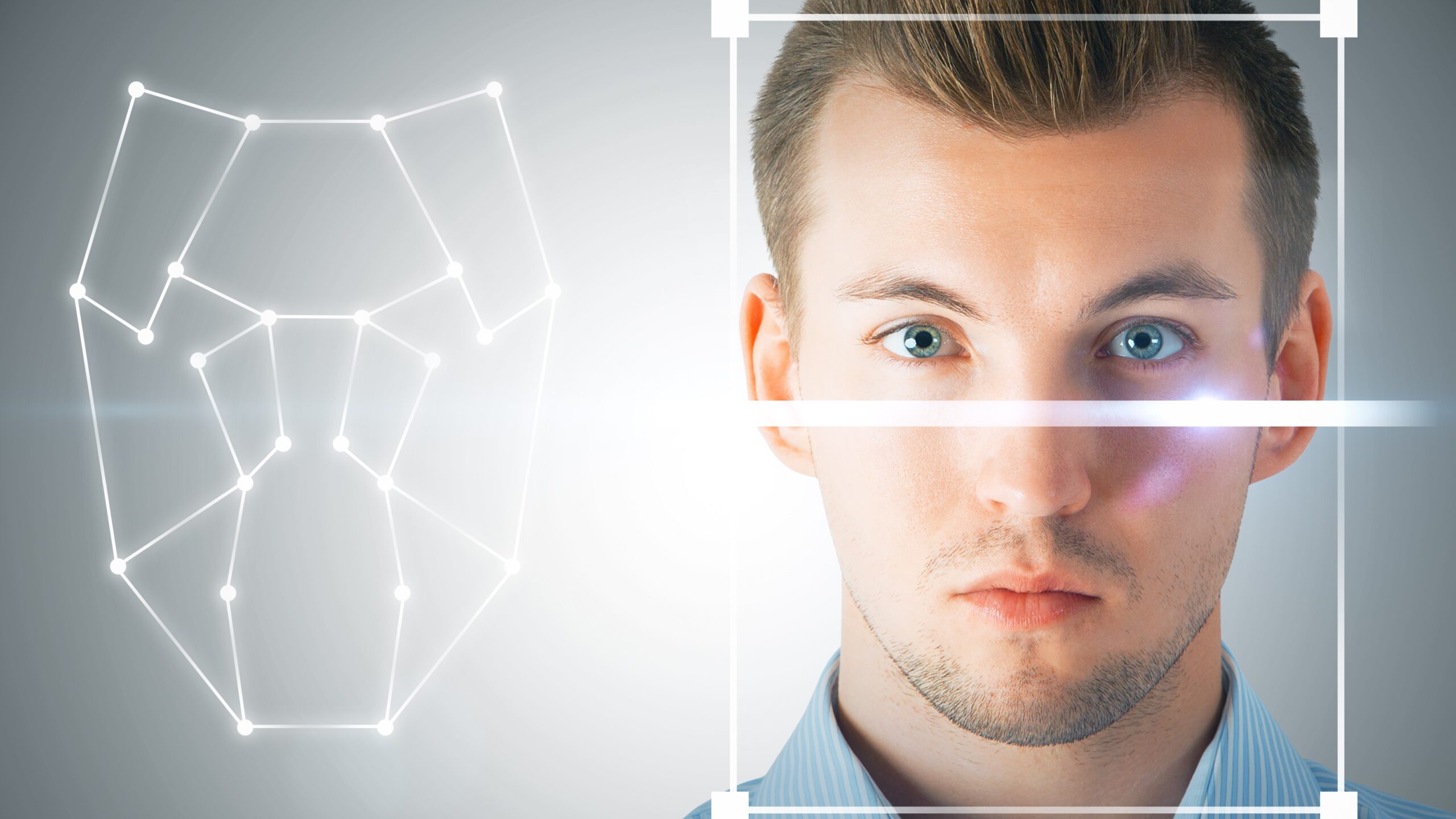
Digital vs Printed Passport Photos: Which One Is Better?
In today’s world, where everything seems to be going digital, you may be wondering whether you should opt for digital or printed passport photos. Both have their pros and cons, and the choice often depends on where you are applying for the passport and what your specific needs are. This article dives deep into the differences between digital and printed passport photos, helping you decide which one is better suited to your requirements.
What Are Passport Photos?
Passport photos are an essential part of the documentation process for official travel documents, such as passports, visas, and identity cards. These photos serve as a key method for verifying your identity, ensuring that authorities can easily match your image with the details in your official records. Without the correct photo, the application process could be delayed or even rejected.
The primary purpose of a passport photo is to provide a clear, accurate representation of your appearance. It helps border control and immigration officers to quickly identify travelers. Therefore, these photos must adhere to very strict guidelines to ensure uniformity across all passports. Any variation in the photo can complicate the verification process, leading to unnecessary setbacks.
These photos come with specific rules that govern their size, color, and the way your face should appear. For example, there are precise measurements for how much space your face should take up in the frame, along with regulations regarding the background color, which must be plain and neutral. Facial expressions are also an important consideration — the expression must be neutral, with no smiling or frowning, to ensure consistency and clarity in identification.
Whether you choose a digital or printed passport photo, it’s crucial that the image adheres to these official standards. If the photo does not meet the guidelines, it could delay your passport application process. This makes understanding the requirements of passport photos essential, whether you’re taking one yourself or having it professionally done.
Digital Passport Photos: A Modern Approach
- Definition: Digital passport photos are photographs taken using a digital camera or smartphone, saved in a digital format such as JPEG or PNG. These photos are then ready for online submission.
- Capture Method: The photos are taken using a digital device, which could be a high-quality camera or even a smartphone with a good camera. The photo can be clicked by yourself or in a photo booth.
- Digital Format: Once the photo is captured, it is saved in a digital format, commonly JPEG or PNG. These formats are universally accepted for online submission.
- Submission Process: The digital photo is uploaded directly to the appropriate official portal for passport, visa, or ID card applications. Some countries or agencies may allow you to email the photo instead of uploading it through a website.
- Convenience: Digital passport photos eliminate the need for physical prints, making the application process faster and more convenient. You can easily take a photo at home or a local photo booth and submit it immediately.
- Editability: Many digital photo services provide tools to adjust and crop the photo to meet official requirements. This makes it easier to ensure that the photo adheres to size, lighting, and other government standards.
- Accessibility: With digital passport photos, there’s no need to wait for prints. You can save the image to your computer or cloud storage, ensuring you have it available for future applications or use.
- Environmentally Friendly: Digital photos don’t require paper or ink, which makes them a more eco-friendly choice compared to printed photos, reducing paper waste and contributing to a smaller carbon footprint.
- Immediate Results: You don’t need to wait for prints to be processed, as the photo can be taken and uploaded almost instantly. This saves you time compared to waiting for printed passport photos.
- Potential Issues: Some technical issues may arise with digital photos, such as file size limitations, incorrect formats, or resolution problems. These need to be checked before submitting the photo to avoid any delays.
Pros of Digital Passport Photos
| Pros | Convenience and Speed | No Need for Physical Storage | Easy to Edit | Eco-friendly |
| Description | You can quickly take a photo using your smartphone or computer, and directly upload it to the application portal. | Digital photos are stored electronically, so you don’t need to keep physical prints. | Many digital services provide editing tools to adjust the brightness, crop, or resize the image to meet passport photo requirements. | Digital photos don’t require printing, reducing paper waste and helping the environment. |
| Advantages | Saves time and eliminates the need to visit a studio. | No need to worry about losing or damaging prints. | Ensures the photo meets all requirements without needing a professional photographer. | Reduces paper waste and lowers your carbon footprint. |
| How it Benefits You | It speeds up the passport application process by allowing you to submit photos instantly. | Makes it easier for you to re-use the photo for future applications. | Makes it easy to fix any issues with the photo without going to a photo studio. | Contributes to a more sustainable lifestyle by minimizing resource use. |
| Why It’s Helpful | Quick and convenient, perfect for busy schedules. | You’ll never need to worry about storing or losing physical copies. | Helps to ensure the photo meets official guidelines without extra cost. | Helps protect the environment by reducing the use of paper and other resources. |
Cons of Digital Passport Photos
While digital passport photos offer numerous benefits, there are some potential downsides to consider. One of the main challenges is technical issues that can arise when uploading the photo. For example, if the file is too large or the format isn’t compatible with the official application system, it can prevent you from successfully submitting the photo. This could cause delays in your application process. It’s important to double-check that your photo meets the specific file size and format requirements to avoid these issues.
Another drawback is that, despite the growing acceptance of digital passport photos, not all countries or authorities have fully embraced them. Some may still require physical passport photos, regardless of how you captured the image. In such cases, you’ll need to have the digital photo printed at a photo studio or self-print it, which adds an extra step to the process. This lack of universal acceptance can be inconvenient if you’re applying for travel documents to a country with more traditional requirements.
Quality concerns can also be an issue, especially if you’re using a low-quality camera or lack the technical expertise to properly adjust the photo. Digital cameras, especially those on smartphones, can produce images with low resolution, poor lighting, or blurriness if not carefully taken. Government agencies are very specific about photo quality, and even small imperfections in the image can lead to the rejection of your passport application. Ensuring your digital photo meets all the necessary standards may require extra effort.
Finally, while digital photos are convenient, they might not always provide the same level of quality and reliability as professionally taken printed photos. If you’re not familiar with how to properly take passport photos, the result might not be as clear and sharp as you expect. This could require you to retake the photo or seek professional help to ensure it meets the strict guidelines, adding time and complexity to the process.
Printed Passport Photos: The Traditional Route
- Definition: Printed passport photos are photographs that are printed on paper, typically by a professional photographer or a photo printing service. These photos are then physically attached to your passport or visa application form.
- Capture Method: Printed passport photos are usually taken by a professional photographer who understands the specific requirements for passport photos. These photographers ensure that the photo adheres to the necessary guidelines, such as proper lighting, facial expression, and background.
- Physical Format: Unlike digital photos, printed passport photos exist in physical form. The image is printed on high-quality photo paper, which is then ready to be submitted along with your application.
- Submission Process: Once printed, these photos are physically attached to the passport application form. You may need to take them to a government office or mail them as part of your application, depending on the requirements of the country or issuing authority.
- Reliability: Printed passport photos are generally accepted without issues, as they follow the traditional method that has been in place for years. There’s no risk of file compatibility or technical problems with uploading.
- Consistency: Since printed passport photos are often taken by professionals, the quality is typically higher, ensuring that the photo meets all government requirements.
- No Need for Editing: As the photo is taken by a professional, there is no need for editing or adjustments, ensuring that it’s ready for submission without any further modification.
- Traditional Approach: This method has been the standard for passport photos for many years, and it’s still preferred in some places due to its consistency and the experience of the professionals taking the photos.
Pros of Printed Passport Photos
| Pros | Widely Accepted | Guaranteed Photo Quality | No Technical Issues | Better for People Who Prefer Physical Copies |
| Description | Printed passport photos are still widely accepted, particularly for in-person applications at embassies and consulates. | Visiting a professional photographer ensures that your printed passport photo meets all necessary standards. | There are no worries about file sizes or technical problems, as printed photos are straightforward to handle. | Printed photos provide a physical copy that some individuals prefer for future reference or storage. |
| Advantages | Universally accepted for official documentation in many countries. | Professionals use high-quality equipment to guarantee top-tier photo quality. | Easy to handle and no need for technical considerations like file formats. | Ideal for those who prefer having a physical photo for records or reference. |
| How it Benefits You | You can submit printed photos at various government offices and agencies without worrying about format compatibility. | Ensures your photo meets exact government standards, reducing the risk of rejection. | You don’t need to worry about internet connectivity or digital format compatibility when submitting. | Having a physical copy allows you to have a tangible backup in case you lose the digital version. |
| Why It’s Helpful | Many official institutions still favor physical photos for their ease of handling and verification. | Professionals ensure the photo is correctly framed, lit, and sized for official use. | The physical print removes any concerns about digital file submission or technical errors. | Printed photos offer security in case you need to make multiple copies or keep one for personal use. |
Cons of Printed Passport Photos
While printed passport photos have their advantages, there are several downsides that can make them less appealing in certain situations. One of the main drawbacks is the time it takes to get them printed. Unlike digital photos, which can be taken and submitted immediately, printed photos require a visit to a professional photographer or a photo booth, where you must wait for the prints to be ready. This process can be particularly inconvenient if you’re working with a tight schedule or need your passport quickly.
Another issue with printed passport photos is the risk of damage. These photos are physical objects that can be easily torn, faded, or exposed to water. Over time, they may degrade, which could lead to the need for reprints. If your printed passport photo becomes damaged, you may need to go through the process of getting a new set, adding unnecessary delays and costs to your application.
Storing printed passport photos can also be cumbersome. If you need multiple photos for various applications, keeping track of them can become a hassle. Printed photos take up physical space, and you must make sure they are stored properly to avoid damage. For those who apply for several travel documents over time, organizing and maintaining these physical photos can become a bit of a burden.
Finally, printed passport photos are not the most eco-friendly option. The process of printing uses paper and ink, which contributes to waste and environmental impact. For individuals who are mindful of sustainability, this may be a concern. The need for printed photos adds to the overall carbon footprint, making it a less appealing choice for those looking to reduce their environmental impact.



